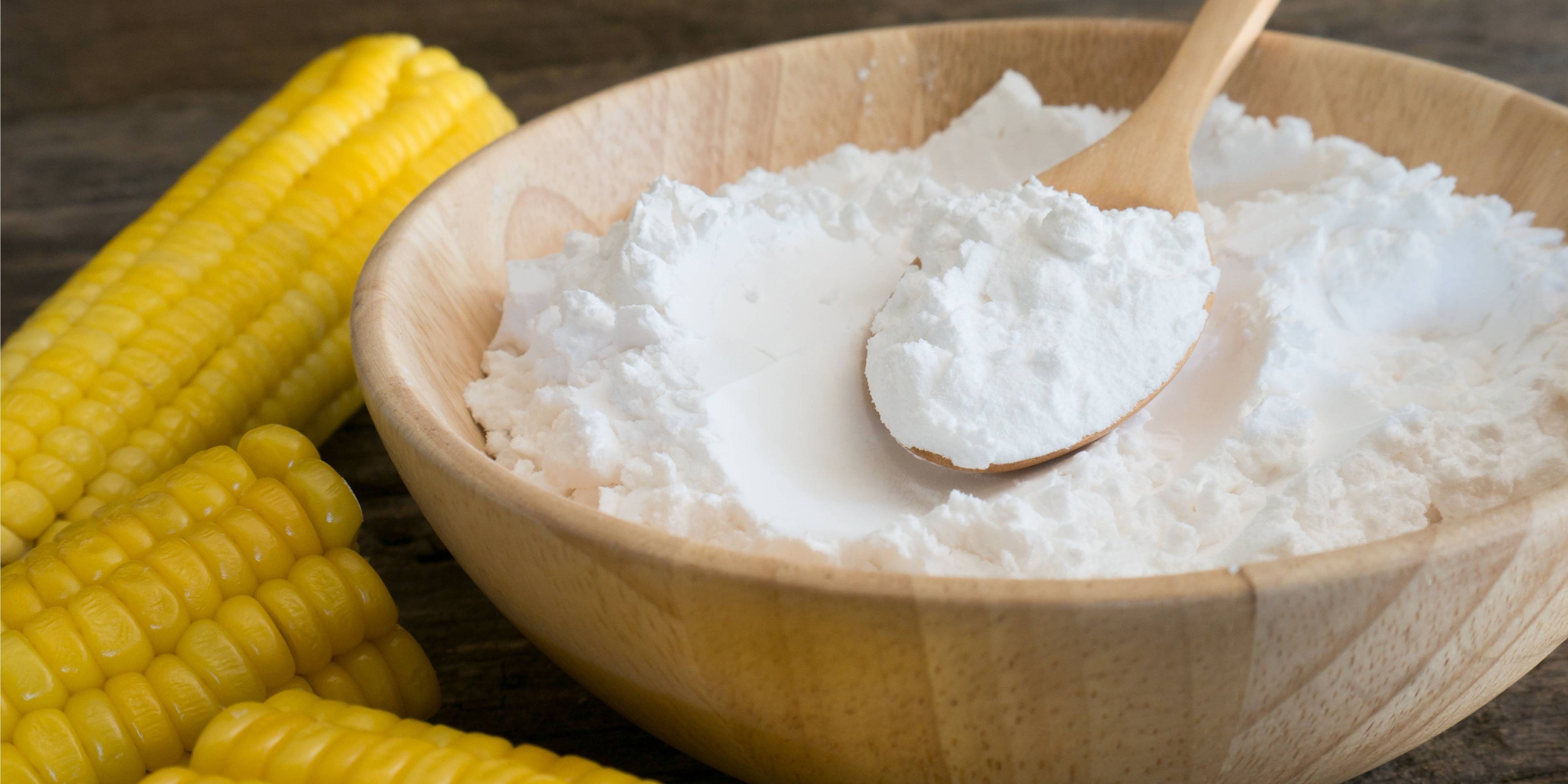The Best Cornflour Substitutes for Baking
Ingredient Swaps
If your recipe calls for cornflour and you’ve run out, don’t worry - we’ve come up with a list of handy cornflour replacements to make sure your bake goes as planned.
What is cornflour?
Cornflour (often called corn starch in the US) is a finely-milled smooth white starch powder which is made from crushed corn kernels.
It doesn’t really taste of much when it’s raw, but when cornflour is cooked it unlocks its earthy, sweet flavour.
What does cornflour do?
Cornflour is often used to thicken sauces, gravies and soups, and as a binding agent for puddings and cakes. It doesn’t appear naturally in any food, but as it’s used as a thickening agent, you may find it in pre-made sauces, soups and stews.
Cornflour alternatives
There are plenty of cornflour alternatives available if your cupboard’s lacking cornflour - or if you’re baking for someone with a corn allergy.
Wheat Flour:
Substitute ratio: 1:1
This is a versatile option that can often be used as a substitute for cornflour in many recipes. The natural starches in wheat mimic the thickening properties of cornflour - but using wheat flour may alter the appearance of your bake and makes liquids look opaque.
Arrowroot Powder:
Substitute ratio: 1:1
Arrowroot powder is a gluten-free starch that can be used as a thickening agent. It works well in sauces and pie fillings, and makes sauces, soups and stews look thick and glossy. It doesn’t work well with dairy products, as it tends to make liquids look slightly slimy, but works well for recipes with fruity fillings, like pies and crumbles.
Potato Starch
Substitute ratio: 1:1
This gluten-free substitute is the closest replacement for cornflour as it’s got a neutral flavour and impressive thickening qualities. It becomes a gel at a lower temperature than cornstarch, so can thicken liquids faster when exposed to heat - so be careful to avoid overheating your recipe.
Tapioca Starch:
Substitute ratio: 2:1
Tapioca starch or tapioca flour is often used as a thickener in recipes, and works well in both sweet and savoury dishes. It’s not ideal for recipes which bake at high temperatures as tapioca flour makes liquids ‘stringy’ when exposed to a high heat, and is less powerful than cornstarch, so you’ll need to use twice as much.
Glutinous Rice Flour
Substitute ratio: 1:1
Glutinous rice flour can be used as a replacement for cornflour in many recipes, and it’s gluten-free - despite its name. This thickening agent is often used in Asian dishes, such as rice noodles and mochi, and has a neutral taste. Be careful not to confuse it with plain rice flour, as glutinous rice flour has a much higher starch content and is more similar to cornflour.
Almond Flour
Substitute ratio: 1:1
The sweet, slightly-nutty taste of almond flour makes it suitable for desserts and puddings which need thickening. It also adds moisture to bakes, and this low carb, gluten-free flour also adds bulk.
Coconut Flour
Substitute ratio: 1:4
Coconut flour is a gluten-free option that absorbs a lot of liquid. It's best used in recipes that specifically call for it, but can be used in sweet-flavoured bakes with lots of liquid. Its absorbent qualities mean you should cut down the amount of cornflour substitute you’d need by 75%, and this flour’s coconut flavour can take over your recipe if the other ingredients are relatively mild.
Xanthan Gum
Substitute ratio: 1:4
The trick to using xanthan gum as a cornflour alternative is to remember a little goes a long way. This finely-milled soluble fibre is often used as a thickening agent in keto recipes and gluten-free bakes, but limit your consumption - eating too much food containing xanthan gum can lead to digestive issues.